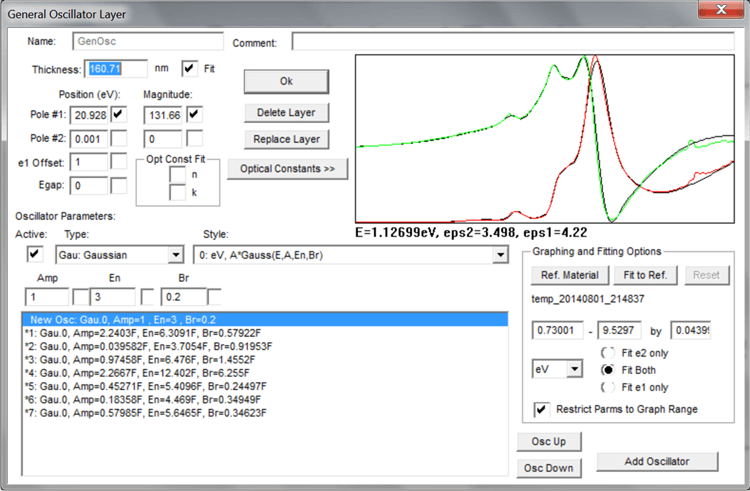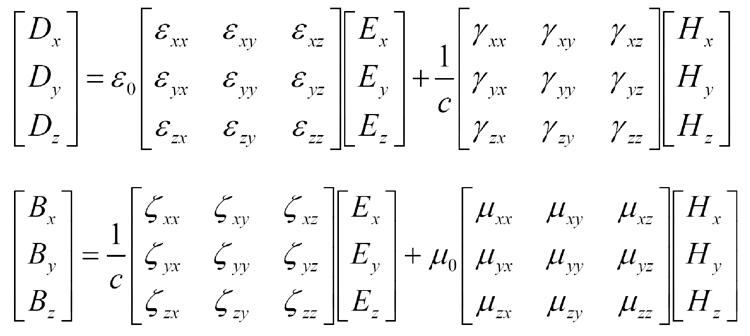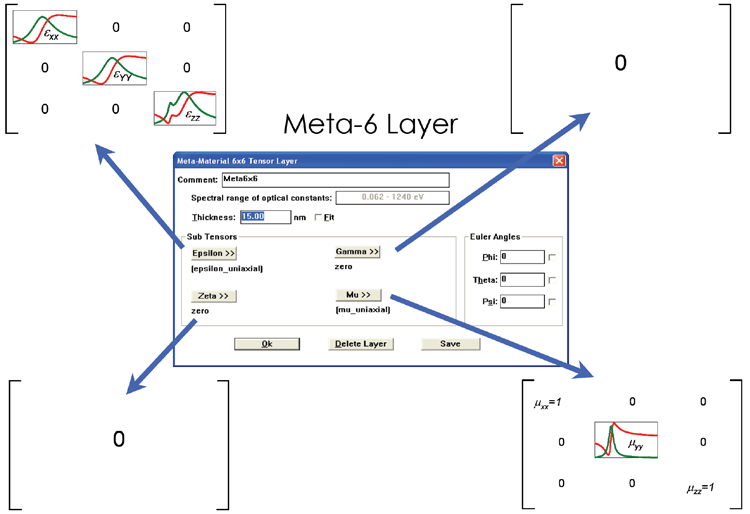WVASE
WVASE® is the most powerful and comprehensive ellipsometric analysis program available. It provides more modeling options than any other program. WVASE is also FAST. It employs state of the art mathematical fitting algorithms for the fastest, most accurate, fits to your data. In addition to modeling and analyzing the ellipsometric data, WVASE also analyzes and/or simulates reflectance and transmission data (Neutron reflectivity data, also, for analysis of very thin films such as organics). WVASE is included with VASE, IR-VASE, and VUV-VASE systems.
Generalized Oscillator Layer
Build your own oscillators, beginning with a number of built-in functions, including:
• Lorentz
• Gaussian
• Harmonic
• Drude
• Tauc-Lorentz
• Cody-Lorentz
• Tanguy
• PSEMI
Meta-6 Layer
Metamaterials consist of artificially-created arrays of small structures, usually smaller than the measurement wavelength. These structures have properties tailored to interact with incoming ElectroMagnetic waves in ways generally not observed in natural materials. Up to four relative constitutive functions (ε, μ, γ and ζ ) can be required to completely model metamaterials structures. Furthermore, they can be anisotropic, requiring 3X3 tensors for each function, as shown below:
These equations are embodied in the Meta-6 layer, as shown below with different Gen-Osc layers describing the various anisotropic dielectric tensors. Metamaterials are usually anisotropic and are often depolarizing; meaning that they usually require either generalized ellipsometry (g-SE) measurements or even Mueller Matrix ellipsometry (MM-SE).




